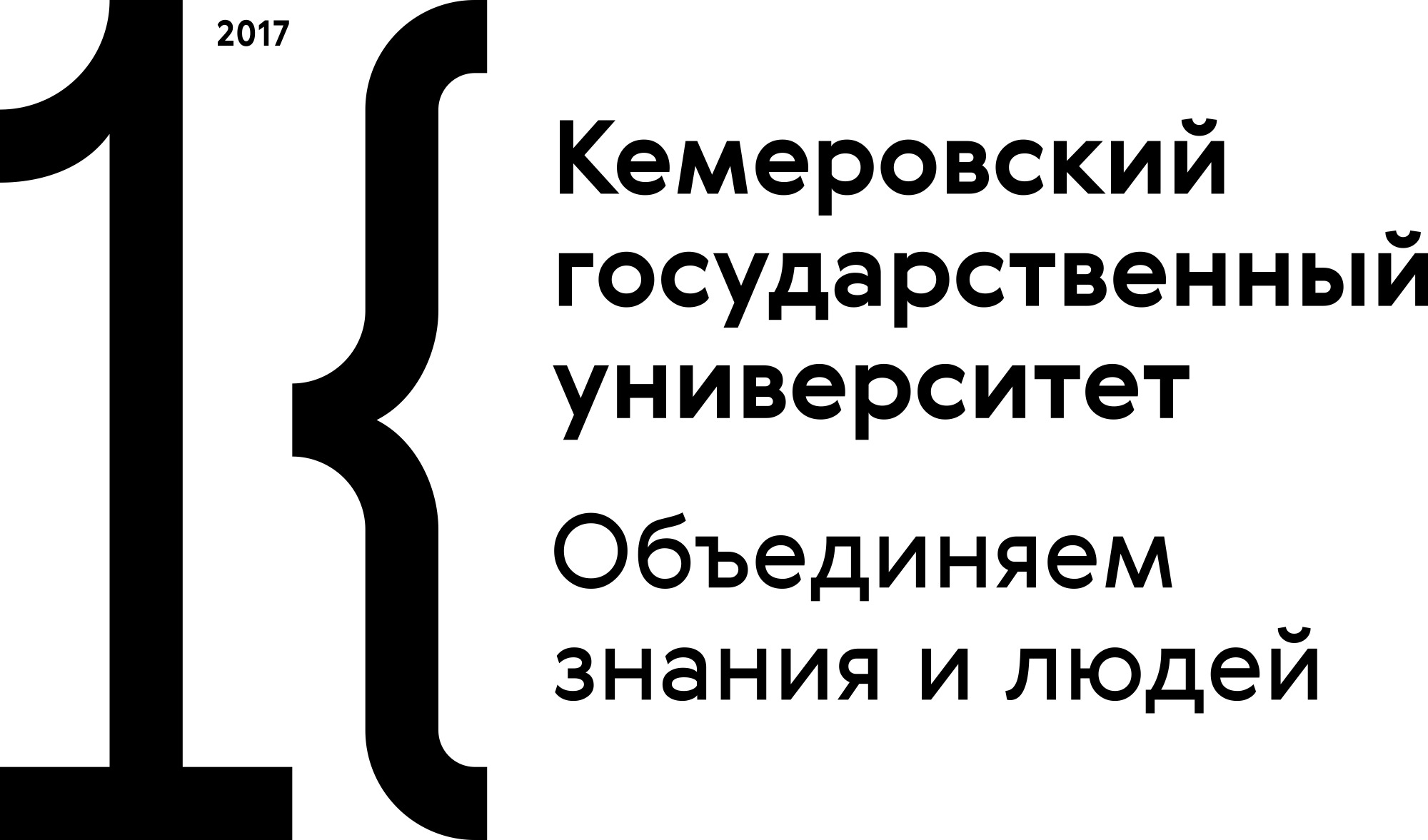Both theoretical and applied studies on microstructure of cheese immediately after a technological cycle and dry cheese obtained by vacuum drying are described. The aim of the microstructure studies is a more comprehensive evaluation of the product quality. Images of cheese upon high- and low-temperature secondary heating at different magnification were studied. The effect of drying on cheese microstructure was investigated. Analysis and identification of various components in the cheese mass using microstructure studies were performed. Calcium phosphate depositions were detected with electron microscopy. Calcium lactate was detected in mature cheese.
microstructure, vacuum drying, cheese, microvoids, macrograins, residual pressure, temperature, shrinkage, pores
INTRODUCTION
Vacuum drying, performed at residual pressure above the water triple point, is one of the most advanced methods of food products dehydration. In Russia, it has been widely used in chemical, pharmaceutical, medical, food, and other industries, that is, in the areas where materials are especially sensitive to the effects of high temperatures [1–4].
Vacuum dryers allow for a product of high purity and quality. In function of the material properties and requirements to the final product, time of drying and temperature modes vary. Vacuum drying proceeds in two stages. During the first stage, drying rate is constant and the material temperature is close to the temperature of water saturation at given pressure. During the second stage, the rate of drying decreases and the material temperature increases approaching the temperature of the heat transfer medium. Intensity of heat transfer in the second stage decreases sharply. Increase in the rate of water evaporation in vacuum dryer may be achieved by increase in the temperature of the heat transfer medium or decrease of pressure [2, 5].
Considering cheese as a subject of vacuum drying, it should be noted that changes in cheese properties in the process of drying depend on both physicochemical properties, structure, and forms of moisture deposition in the material on one hand and thermophysical characteristics accounting for mass and energy transfer features on the other. Major structural elements of cheese are macrograins, layers between them, microvoids, and micrograins [6, 7]. Protein network forms the basis of each macrograin, while micrograins are embedded into its cells as lipid or lipoid drops or depositions of crystals [8, 9].
All structural components of cheese undergo deep changes in the course of maturation, producing texture and pattern typical of the cheese variety [5, 10–12].
Knowledge on changes in capillary structure of cheese mass in the course of ageing and further storage is required for correct design of the drying process.
In connection with the entry of large volumes and assortment of domestic and imported dairy products, including the concentrated ones, in the market, thorough and comprehensive control of the source composition and how it meets the requirements of the current standards is needed. Today, the main document regulating the dairy products, including cheese, is the Technical regulations of milk and dairy products, according to which evaluation of quality and identification of milk processing products proceed basing on the major physicochemical, organoleptic, and microbiological parameters. For the most thorough control of the dairy products source materials, different methods are used.
Internationally, histology methods of composition identification are used to control quality and exclude the possibility of adulteration of dairy products [13–16].
Today, one of the modern methods is scanning electron microscopy, allowing for investigation of structure of aged cheese prior to realization and dry cheese, upon vacuum drying [17, 18].
1.
2.
3.
4.
5.
6.
7.
8.
9.
10.
11.
12.
13.
14.
15.
16.
17.










